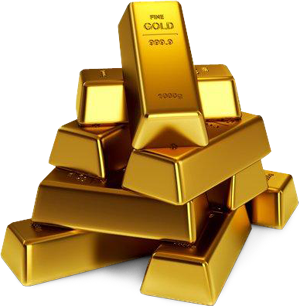Since the dawn of time, gold and silver have been recognized as valuable. Ever wondered which of the precious metals is deemed the best for investment purposes? And why are they so volatile? If you're just getting started in precious metals, read on to learn more about how they work and how you can invest in them. There are many ways to buy into precious metals like gold, silver and platinum and a host of good reasons why you should give in to the treasure hunt.

What is Gold?
Gold is shiny. Gold is glamorous. Gold is the subject of many bank heists in movies. Gold, in sum, is considered one of the most precious metals in all the world. But there's much more to it than wedding bands or bricks stolen by a movie villain.Gold is a member of the transition metals and sits in the same periodic table column as silver and copper. The group that gold can be found in is often termed the 'coinage metal' group since its members are frequently used to produce money. Gold is, in fact, one of the first metals known to man with its origin being dated back to 3400 BCE by the Egyptians. Gold has always been a symbol of wealth and beauty. During Egypt's reign of Pharaoh's, the Egyptians would often amass tremendous amounts of gold just to cover the coffin of a deceased Pharaoh.
Some Astonishing Facts about Gold
1. Gold is the only metal that is yellow or "golden." Other metals may develop a yellowish color, but only after they have oxidized or reacted with other chemicals.2. Nearly all of the gold on Earth came from meteorites that bombarded the planet over 200 million years after it formed.
3. The element symbol for gold is Au. The symbol comes from the old Latin name for gold, aurum, which means "shining dawn" or "glow of sunrise." The word 'gold' comes from the Germanic languages, originating from the Proto-Germanic gulþ and Proto-Indo-European ghel, meaning "yellow/green." The pure element has been known since ancient times.
4. Gold is extremely ductile. A single ounce of gold (about 28 grams) can be stretched into a gold thread 5 miles (8 kilometers) long. Gold threads can even be used as embroidery thread.
5. Malleability is a measure of how easily a material can be hammered into thin sheets. Gold is the most malleable element. A single ounce of gold can be beaten out into a sheet that is 300 square feet. A sheet of gold can be made thin enough to be transparent. Very thin sheets of gold may appear greenish blue because gold strongly reflects red and yellow.
6. Although gold is a heavy, dense metal, it is generally considered non-toxic. Gold metal flakes may be eaten in foods or drinks.
7. 24 karat gold is pure elemental gold. 18 karat gold is 75% pure gold. 14 karat gold is 58.5% pure gold, and 10 karat gold is 41.7% pure gold. The remaining portion of the metal usually is silver, but may consist of other metals or a combination of metals, such as platinum, copper, palladium, zinc, nickel, iron, and cadmium.
8. Gold is a noble metal. It is relatively unreactive and resists degradation by air, moisture, or acidic conditions. While acids dissolve most metals, a special mixture of acids called aqua regia is used to dissolve gold.
9. Gold has many uses aside from its monetary and symbolic value. Among other applications, it is used in electronics, electrical wiring, dentistry, electronics, medicine, radiation shielding, and to color glass.
10. High purity metallic gold is odorless and tasteless. This makes sense since the metal is unreactive. Metal ions are what confers flavor and odor to metallic elements and compounds.
1. Gold Colour
Naturally, the gold you come across the most often is the gold colored gold that exists in nature. However, mankind has been able to make different colors of gold by mixing them with different metals.
Yellow Gold
Yellow gold, for example, is gold that has been mixed with zinc, silver, and copper. It produces a fine yellow color and is malleable enough to apply to any jewelry.
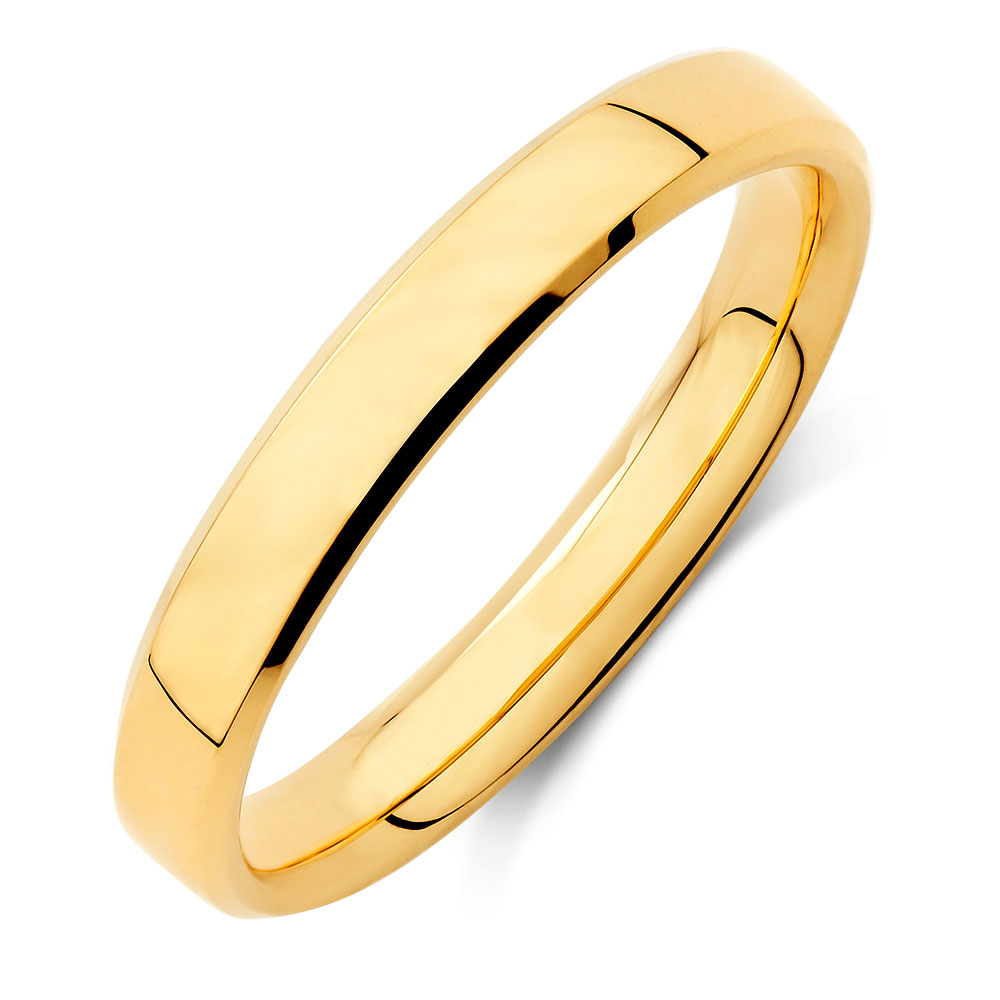
Rose Gold
Rose gold is gold that is mixed with copper to produce a rose hue. It is not commonly found, as most people prefer gold, yellow gold, or white gold. However, it does have its fans, and you will occasionally see it on a piece of jewelry.
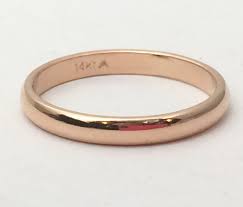
White Gold
White Gold is gold that has been mixed with zinc, copper, and nickel. This type of gold is very shiny and is often mistaken for silver. Unlike silver, however, it does not tarnish. Lots of modern jewelry is made with white gold. The value of the various colors of gold depends on the karat of the base gold and the current market demand for a particular color.
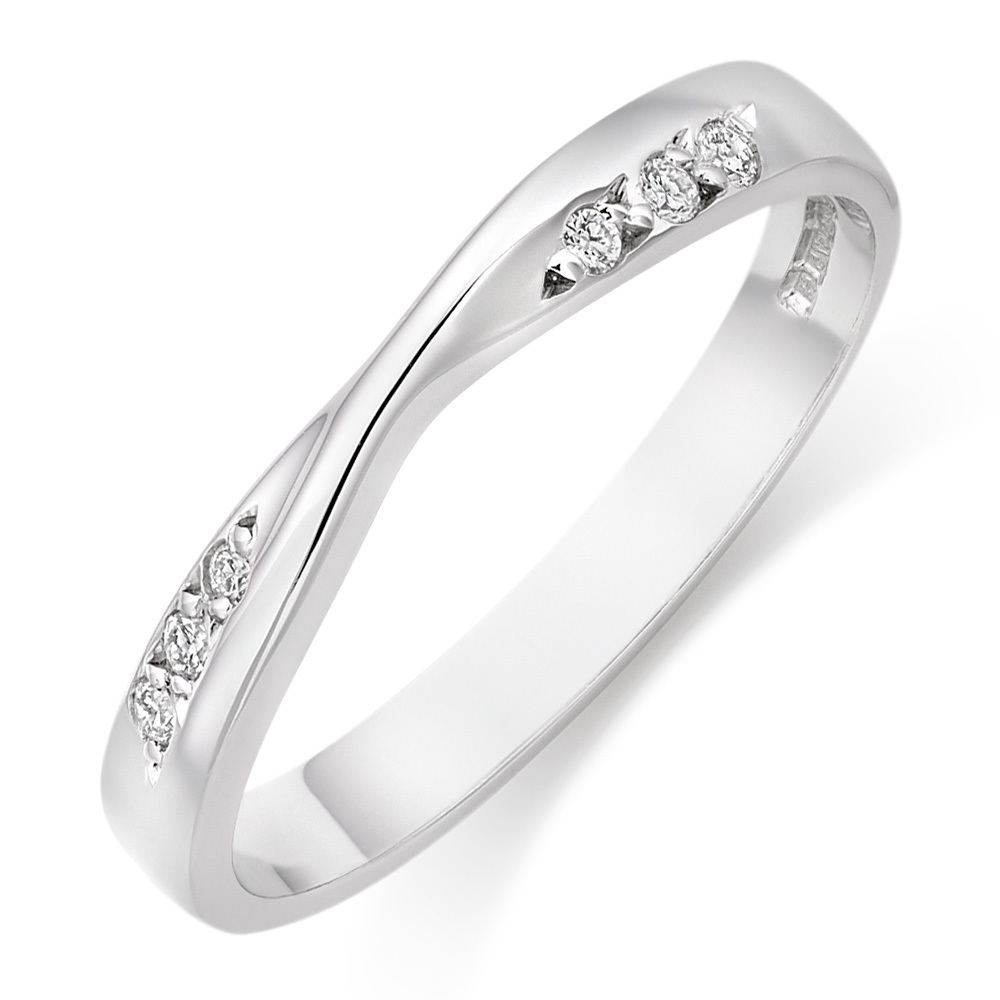

2. Gold Purity

3. Gold Certifications
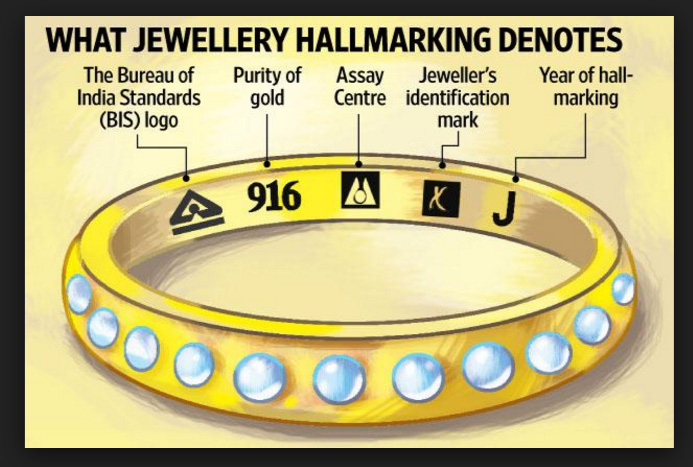
Hallmarking Centre
The next in line is the hallmarking centre's logo. Each hallmarking centre is designated with a unique logo that is embossed on every piece of jewellery checked and verified for purity. This is to ensure that the product can be traced back to the centre in case of any discrepancy. At present, there are nearly 350 hallmarking centres and the details of all centres are available on the BIS website.BIS Hallmark
According to the BIS Act, a hallmarking agency evaluates each and every piece of gold jewellery submitted by the jeweller to authenticate if the metal content conforms to the national and international standards of purity.The Year
Next comes the year in which the jewellery was hallmarked.Jeweller's Guarantee
The last in the series of signs and symbols is the jeweller's or manufacturer's symbol. Every jeweller certified by the BIS has a logo of his own and is embossed on the ornaments. As a result, one would need a magnifier in most instances to see the markings. When it comes to buying coins for investment, make sure they are in tamperproof packing with the finesse mentioned on the coin.
4. Gold Buying Tips
A hallmark consists of five components - the Bureau of Indian Standards (BIS) logo, fineness or caratage number, the logo of the BIS-recognised Assay and Hallmarking Centre that certified the quality, identification mark of the BIS-certified jeweller, and the year of manufacturing. So, the next time you buy gold jewellery, check these five things to ensure quality.
BIS Hallmark
According to the BIS Act, a hallmarking agency evaluates each and every piece of gold jewellery submitted by the jeweller to authenticate if the metal content conforms to the national and international standards of purity. Having a BIS mark does not mean that the jewellery is of 22 carat. There are several other caratage for which the BIS mark is provided.Purity Grade
Purity of gold is designated through carat or finesse. In any hallmarked jewellery, the purity of gold is explicitly mentioned besides the BIS mark. Therefore, it is imperative to check the number on the jewellery (see Pure Numbers).Last Word
Last but not the least is to remember to ask for a valid cash memo or invoice with details of every charge levied for the jewellery you buy. Remember, in instances where a complaint has to be raised, a valid bill is necessary. Without that piece of document, authorities will not entertain the complaint. Hence, no matter how trusted a jewellery brand or a jeweller maybe, always insist on a valid bill.
5. Gold Care and Clean
5.1. Maintaining your Gold Jewellery
1. Remove your gold jewelry before showering, bathing, or cleaning. The exposure to soap and chemicals can dull the gold, necessitating more frequent cleanings. It can also scratch or break down the gold, which is a soft metal and easily damaged.2. Don’t wear your gold jewelry in the pool. Chlorine, like other chemicals, can permanently discolor gold. You should take your jewelry off before going into a hot tub or swimming pool.
3. Store your gold jewelry separately. It’s important to make sure your pieces of gold jewelry don’t touch any other jewelry when they’re being stored. Because gold is a soft metal, it can easily scratch or bend out of shape if it comes into contact with other pieces of jewelry.
4. Buff your gold jewelry occasionally. Even if your jewelry doesn’t need to be cleaned, buffing it occasionally is a good way to maintain it. Use a soft chamois cloth and gently rub the surface of the piece. It can help restore the shine of the jewelry right away, without further cleaning.
5.2. Cleaning your Gold Jewellery

2. Soak your jewelry. You can leave your jewelry in the soap mixture for up to three hours. You can’t over-clean gold with this mixture, so don’t worry about leaving it in too long. If your jewelry isn’t that dirty, you can leave it in for ten to fifteen minutes. If your jewelry has stones, don’t soak it. Instead, mix the cleaning mixture and then dip a soft cloth into it. Then use the cloth to carefully wipe down your jewelry.
3. Rub your jewelry one piece at a time. This helps you avoid scratching any of your other jewelry while you’re cleaning it. Dip the piece of jewelry in the soapy water, and then gently rub it with your fingers (you can also use a cotton swab). If you have a very heavily ornamented piece with many cracks and crevices, or if your jewelry is very tarnished, you can use a soft-bristled child's toothbrush. Be very gentle when using such a brush. 4. Rinse your gold jewelry in warm water. Make sure that all traces of suds are gone, especially if you’re cleaning a heavily ornamented piece. The water should run clear when you’re finished.
5. Dry your jewelry with a soft cloth. You don’t want to put your jewelry away wet. Use a soft cloth to gently rub the jewelry until it’s dry. You can also leave the jewelry out to air dry, usually overnight.
6. Clean your jewelry every few months. Every three months or so, give all of your gold jewelry a good, deep clean. Let your jewelry soak in the cleaning solution for three hours before you clean each piece. Don't perform this type of clean on your jewelry more than a few times a year. Over cleaning gold jewelry can cause the metal to break down, which can ruin your jewelry.
